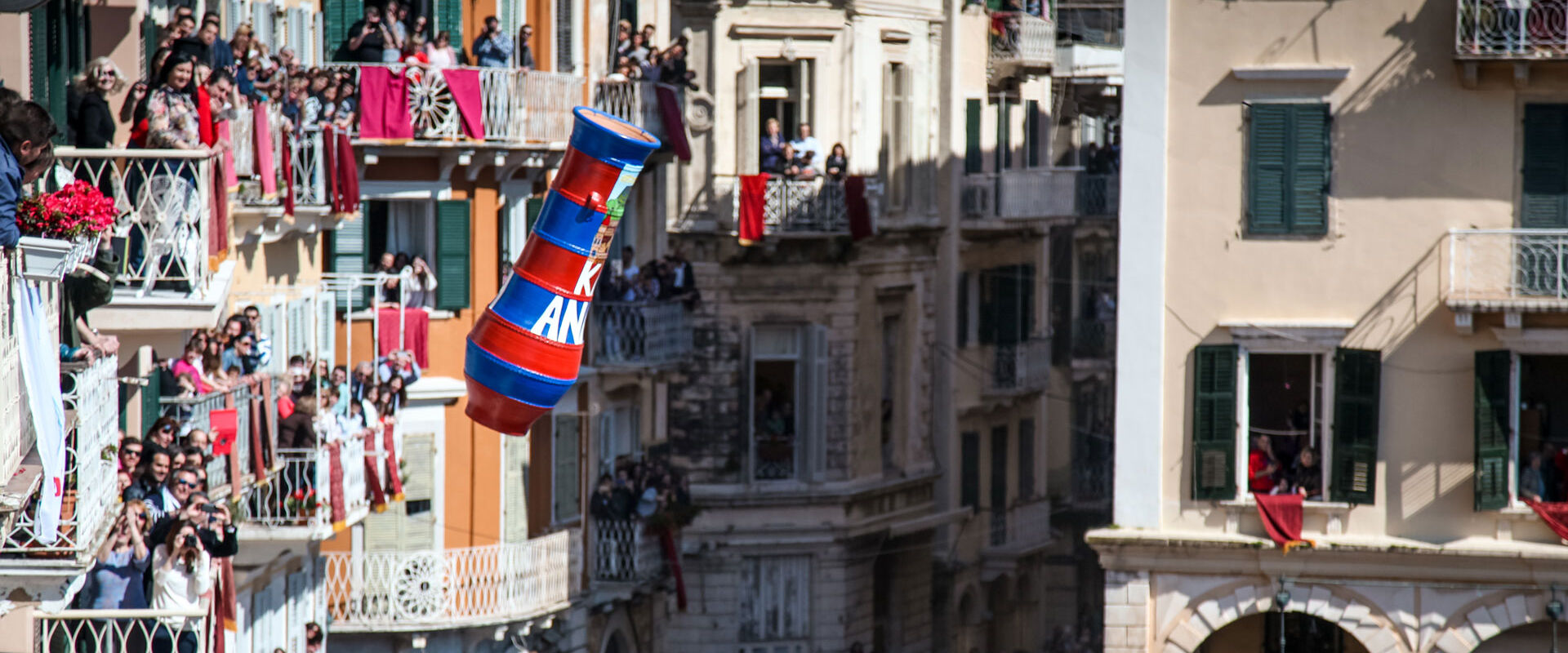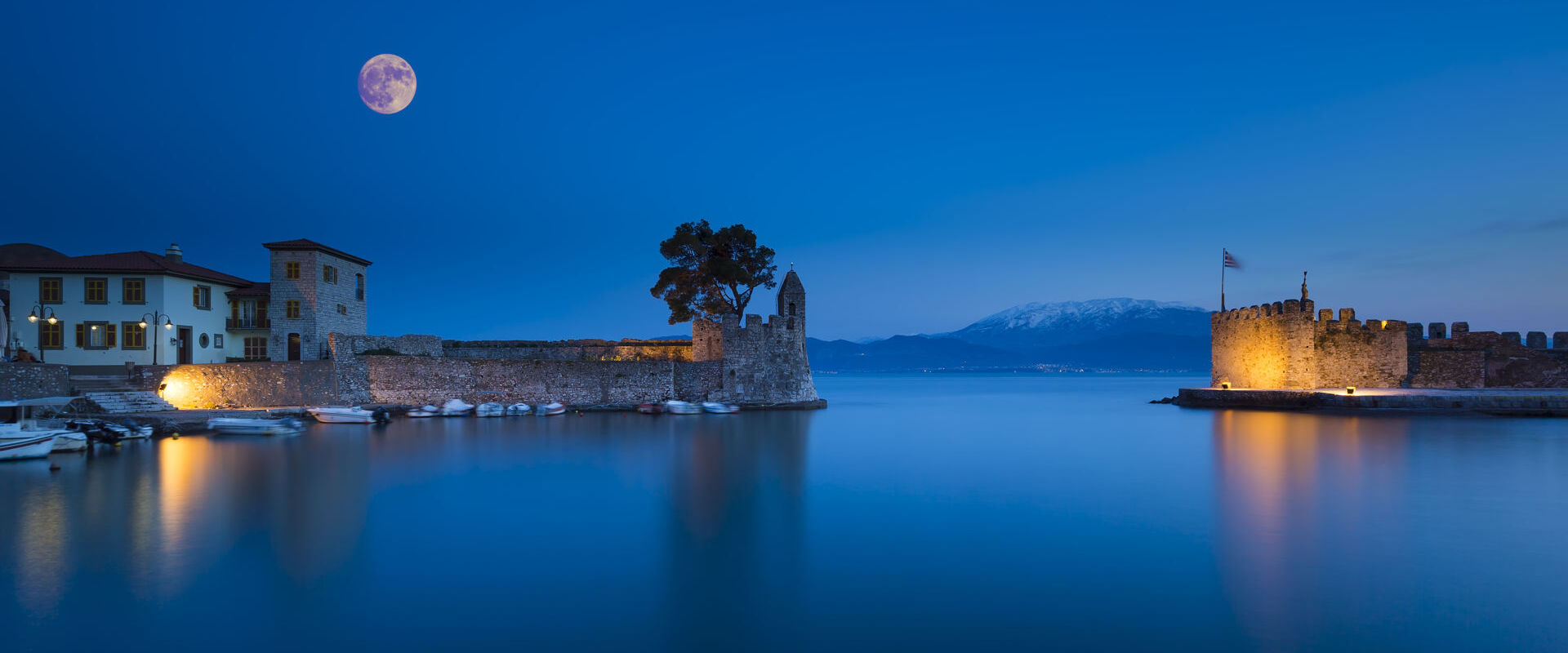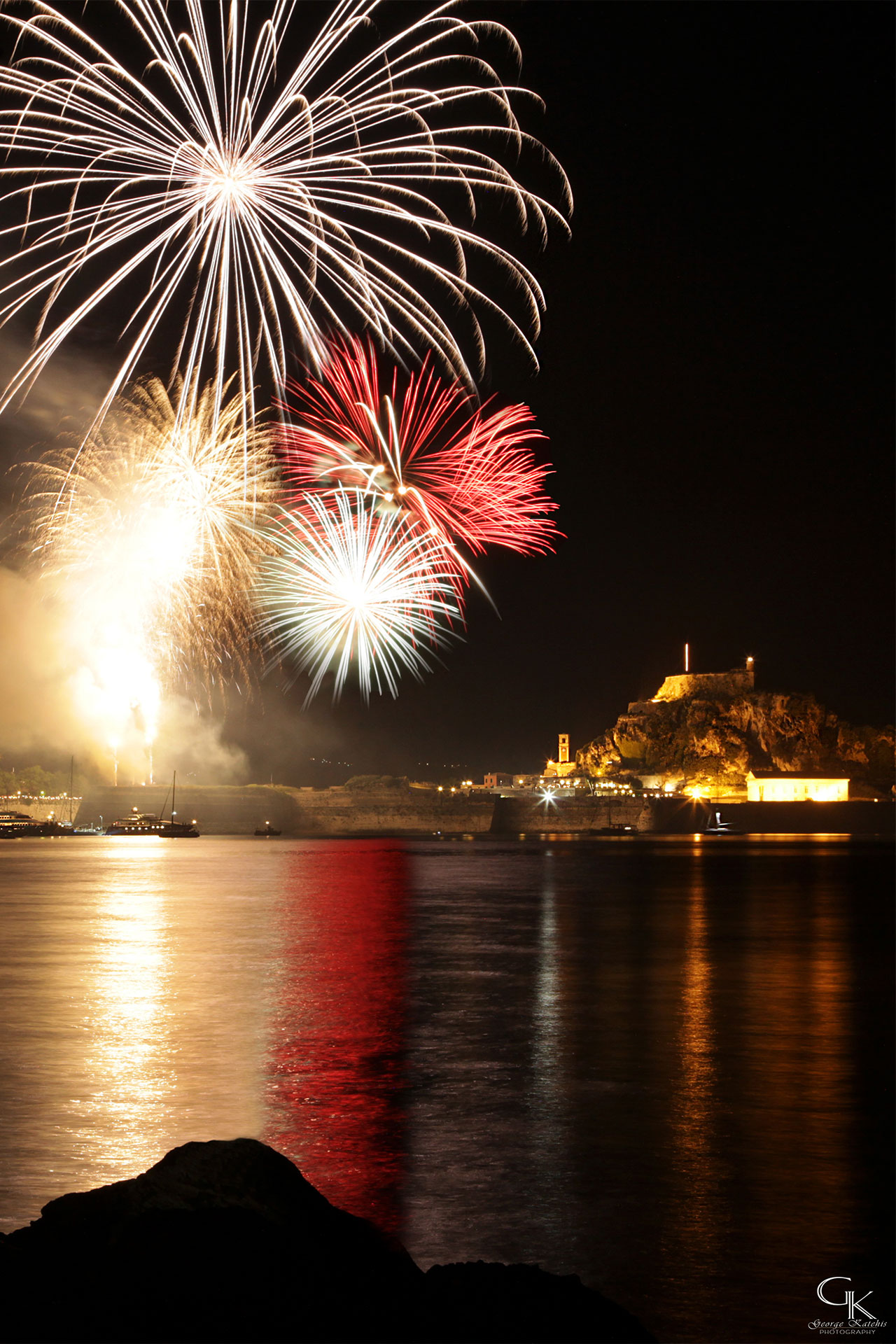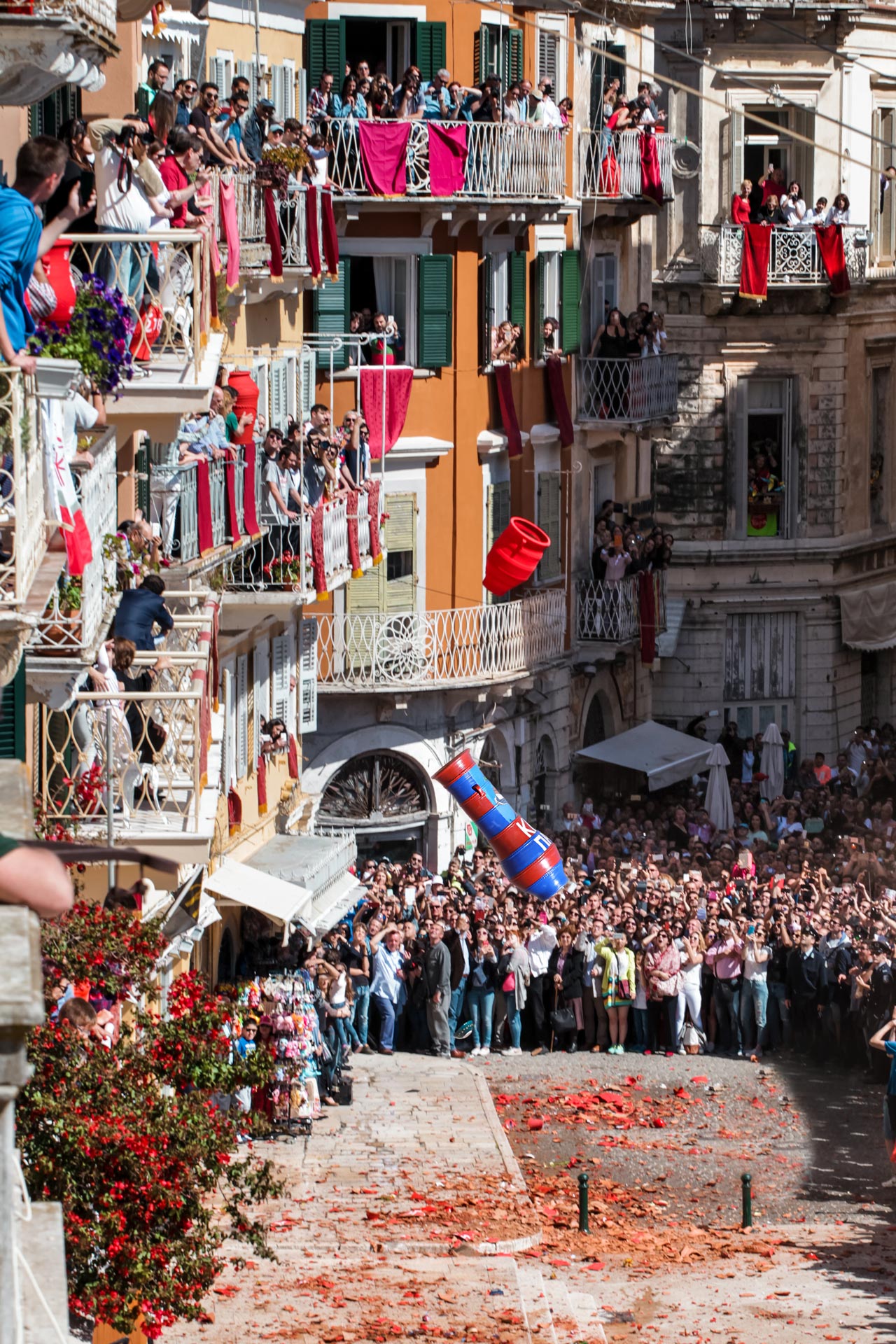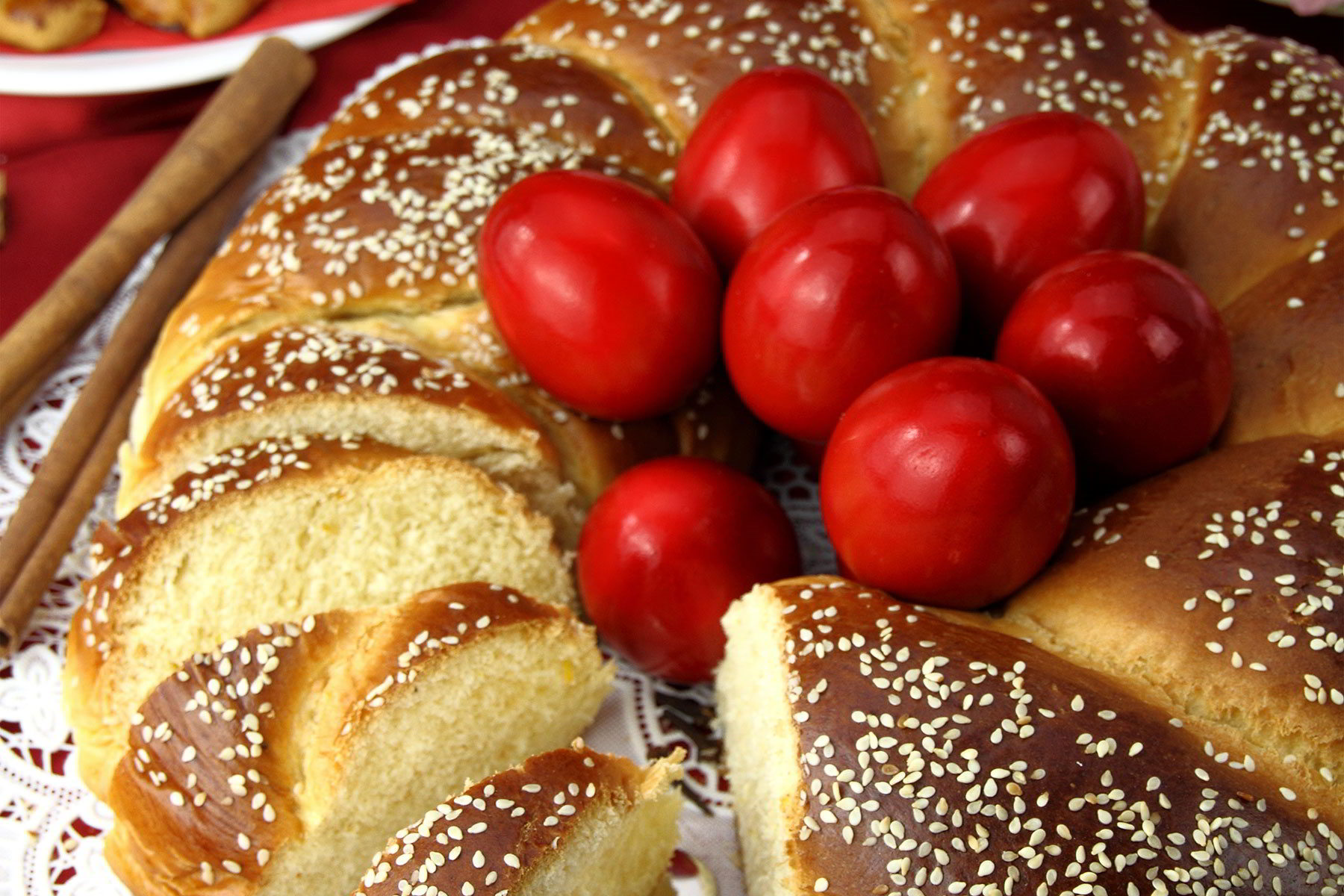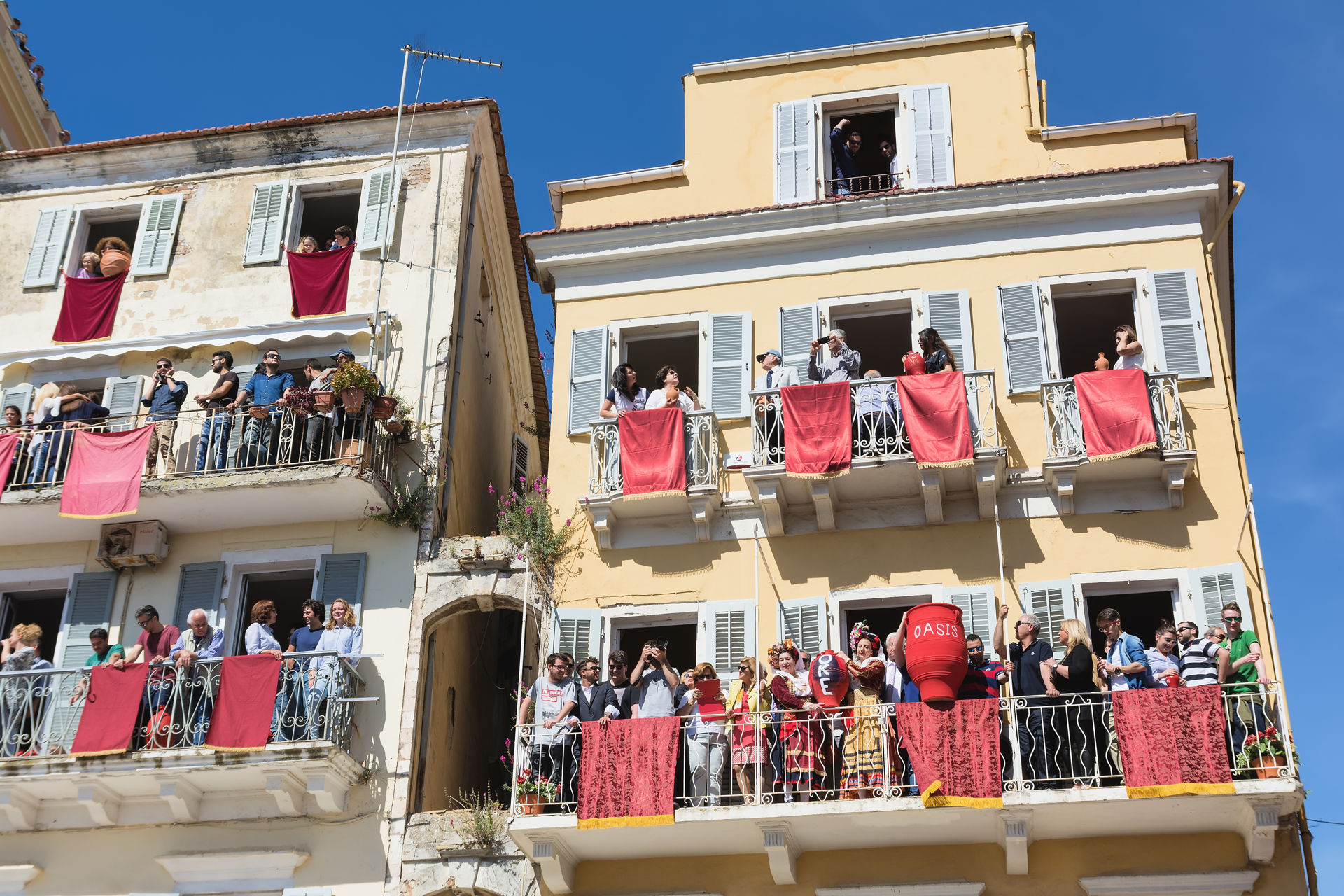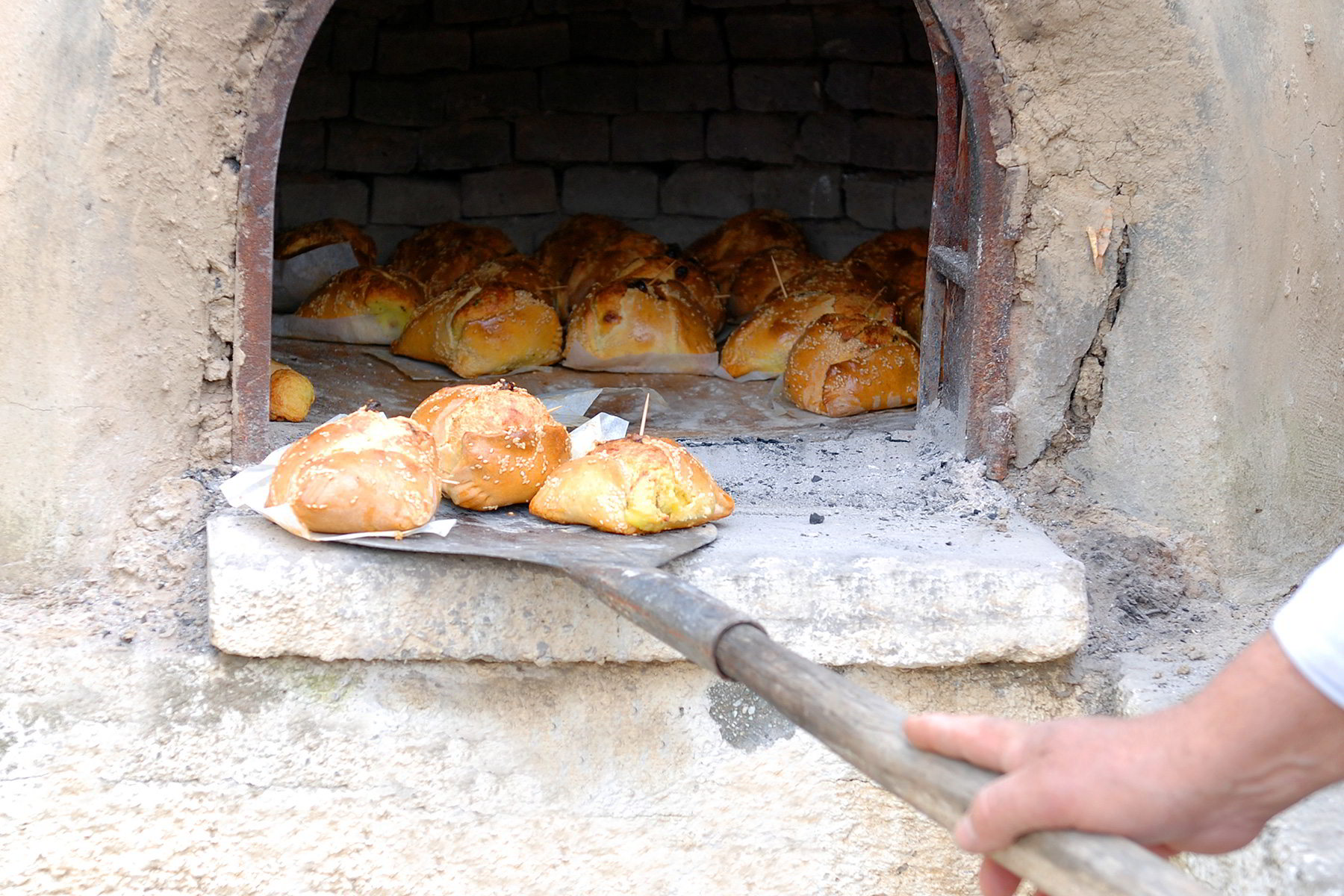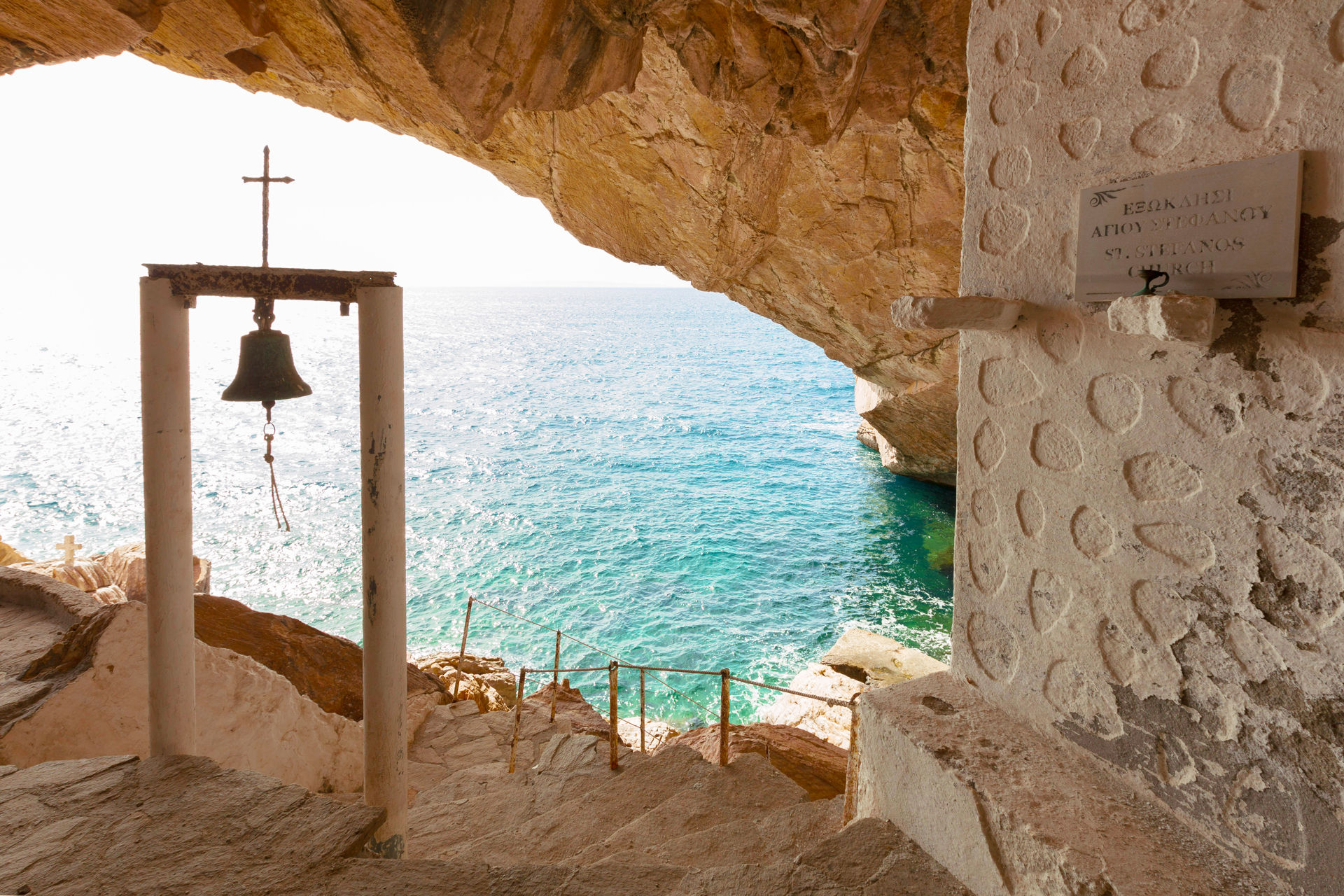Easter is the favourite holiday of Greeks. Often celebrated in the Orthodox Church one or two weeks either side of Catholic Easter, it’s not just the most solemn religious festival of the year but a time when families get together in their home village and, coinciding with spring, renewal in nature.
It’s also celebrated in a unique way in so many places around Greece: in Patmos, where the Holy Flame is brought directly from Jerusalem; in Corfu, with its many colourful traditions; in Santorini, where thousands of tin lanterns light up the castle at Pyrgos on Good Friday; in Chios, where fireworks are launched into the skies over Vrontado; in Zakynthos, Ios, Syros, Sifnos, Skiathos, Chios and Folegandros. And it’s not just the islands. In Leonidio, Kalamata, Arahova, Nafpaktos, Tripoli, Messolongi and scores of mountain villages, you can experience every aspect of a Greek Easter.
Local customs, the Ionian marching bands, the Epitaphs that parish women spend all night decorating on Holy Thursday, the solemn Good Friday processions, the Ascension ceremony on Easter Eve with its candles and fireworks, the Paschal lamb on the spit and the services in churches, monasteries and chapels will enthral you.
Easter in Corfu: In tune with nature
Corfu never seems to stop rewarding its visitors. At the top of the list for many, are its Easter celebrations. The Philharmonic Society of Corfu accompanies the procession of the mummified body of the island’s patron saint, St Spyridon, as it is carried around the town on Good Friday. And on Holy Saturday, it rains botides – huge clay jars that are thrown onto the streets from people’s balconies. (Just make sure you keep looking up.) With so much of the island to explore, suffice to say that Easter on Corfu is something you should experience at least once in your lifetime.
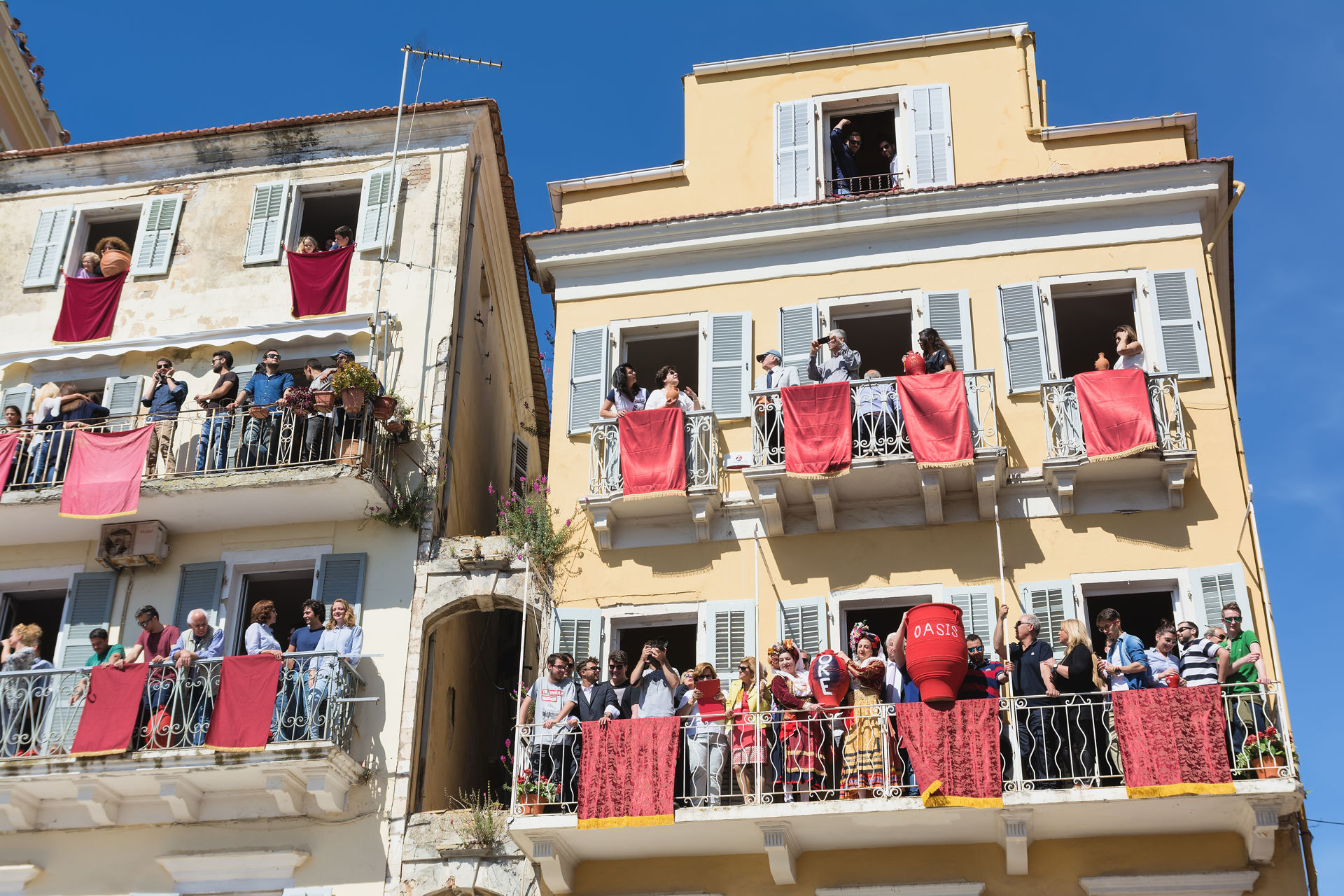
Easter in Ermoupoli: An illuminating experience
Syros boasts something extraordinary when it comes to Easter celebrations. On Good Friday, the elegant homes of Ermoupoli, Syros' main town, are all illuminated, enhancing the solemnity of the evening procession and transporting those present back to the atmosphere of the 19th century.
Watched over from twin hilltops by its Orthodox and Catholic churches, the bustling yet regal port town of Ermoupoli has marble flagstones paving its spacious main square, the centrepiece of which is the grandiose Town Hall, a veritable work of art by the famous 19th-century architect, Ernst Ziller.
Graceful, high-ceilinged neoclassical buildings exude an aura of past prosperity, among them the restored Apollo Theatre (a miniature of Milan’s La Scala), the Hellas club, the Pallas cinema, the headquarters of the old merchants’ guild and many more perfect examples of the urban architecture of yesteryear. Their interiors are just as impressive, with wonderful wood carvings and sumptuous murals.
Easter in Patmos: A divine experience
An island with deep religious roots, Patmos encapsulates Easter in a way that no other place can. Each year, on the night of the Resurrection, the Holy Light makes its way from Jerusalem to Patmos.
Meanwhile, high on the hill above Patmos' main town (Hora), the Monastery of St John the Theologian is one of Greece's most important centres of worship. With its immensely significant religious history and imposing architecture, it rises grandly over the Aegean. Its monastic community here has existed for over 900 years and the relics, rare documents, icons and other Orthodox treasures in the monastery are invaluable. It was established in 1088 by the Byzantine monk St Christodoulos the Blessed.
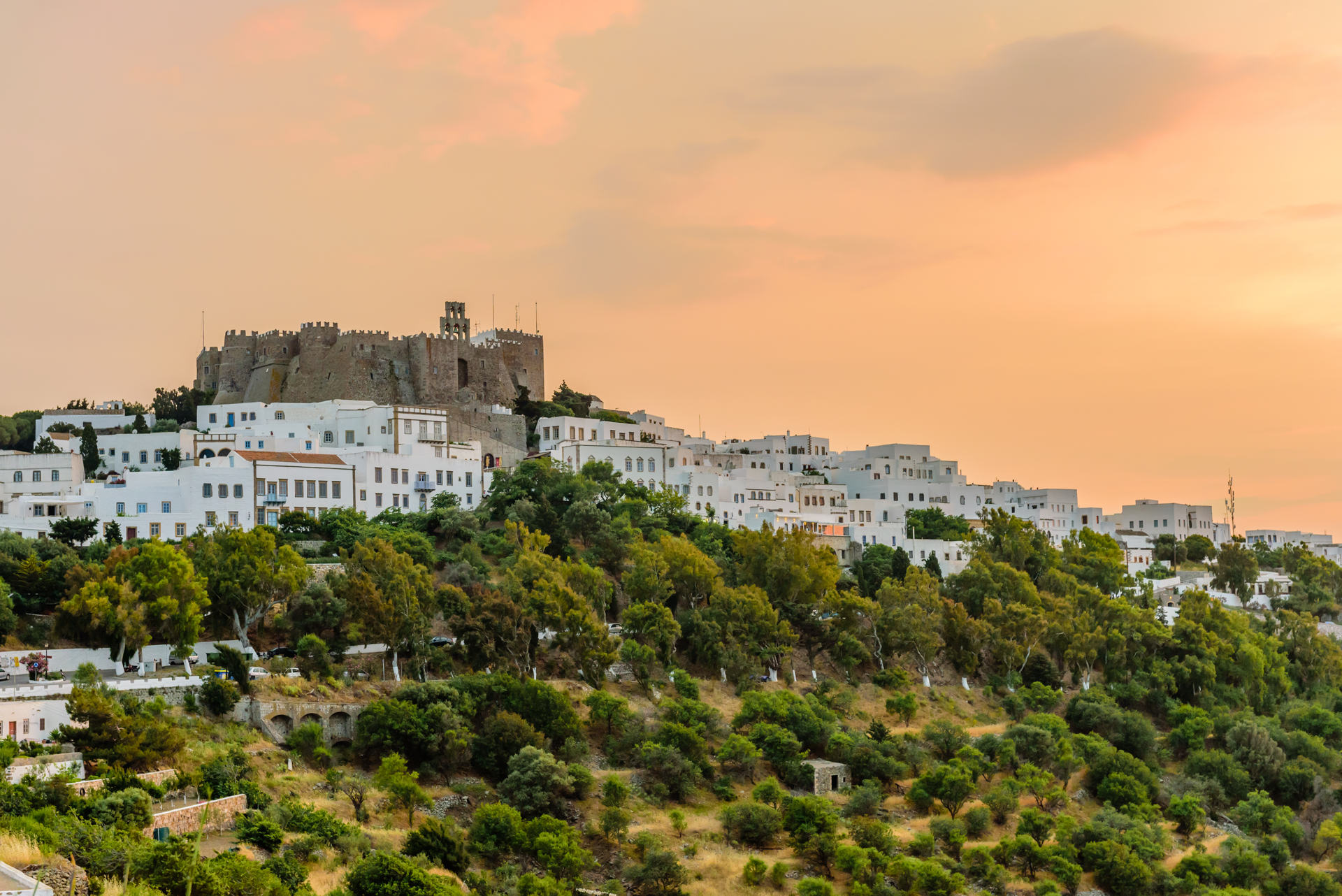
But perhaps best known of Patmos’ religious sites is the Cave of the Apocalypse, the candlelit grotto where it is believed that St John the Divine received his visions from Christ and transcribed the Book of Revelation, the last chapter of the Christian Bible. Exiled on Patmos in 95 AD, he preached to, baptised and prayed with the island’s inhabitants. Eventually, Patmos came to be considered sacred and the cave became the focal point of a significant religious pilgrimage.
